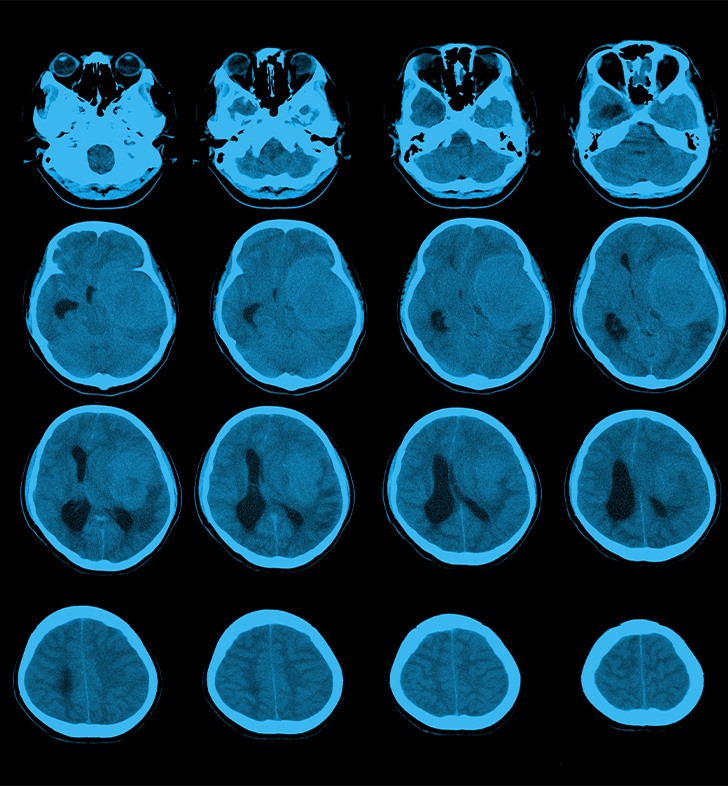
Benign Tumor
What is a benign tumor? A tumor is an abnormal collection of cells. It forms when cells multiply more than they should or when cells don’t die when they should. A tumor can be malignant (cancerous) or benign (not cancerous). A benign tumor is usually not a serious problem unless it presses on a nearby structure or causes other symptoms. Another word for tumor is neoplasm.
What’s the difference between a benign vs malignant tumor? A benign tumor has distinct, smooth, regular borders. A malignant tumor has irregular borders and grows faster than a benign tumor. A malignant tumor can also spread to other parts of your body. A benign tumor can become quite large, but it will not invade nearby tissue or spread to other parts of your body.
Can a benign tumor become malignant? Some benign tumors can become cancerous over time (for example, in your colon or skin). If you have a benign neoplasm, a healthcare provider should monitor it regularly.
What are the different types of
noncancerous tumors?
A benign tumor can grow anywhere on
or in your body. These neoplasms have different names depending on where they
develop:
Adenoma: This is a benign tumor on
or in a gland or organ (such as the pituitary gland, colon or liver).
Chondroma: A chondroma is a benign
neoplasm that forms in cartilage, a flexible connective tissue throughout the
body.
Fibroma or fibroid: This is a
noncancerous tumor in the fibrous tissue, a dense connective tissue in tendons
and ligaments. Fibromas can grow in fibrous tissue throughout your body. They
are most common in your skin, mouth, foot and uterus (called uterine fibroids).
Hemangioma: These types of benign
neoplasms grow from blood vessels. Hemangiomas most often occur on the skin in
babies. But they can also form on internal organs such as the liver, colon or
brain.
Lipoma: A lipoma forms from fat
cells. This benign fatty tumor grows just below your skin. It’s the most common
type of benign tumor.
Lymphangioma: This type of benign
neoplasm develops in your lymphatic system. It can cause fluid-filled cysts on
your skin and mucous membranes, which line your mouth, nose and inner eyelids.
Meningioma: Meningiomas begin in the
meninges, a layer of tissue around your brain. They can press on the brain and
spinal cord. Most meningiomas are benign, but they can grow large and become
life-threatening.
Myoma: These benign tumors grow from
smooth muscle. Leiomyomas often grow in the uterus (also known as uterine
fibroids) or gastrointestinal tract.
Neuroma: This type of benign
neoplasm develops within nerves. They can grow anywhere in your body. Common
neuromas include schwannoma, neurofibroma and ganglioneuroma.
Osteoma: This noncancerous tumor
forms from bone. New, abnormal bone grows on other bone. Most osteomas grow on
your skull. Osteoid osteomas develop in long bones, such as those in your legs.
They are most common in children and young adults.
Skin tumors: There are many types of
benign skin tumors. Some of the most common include cherry angioma, sebaceous
hyperplasia, seborrheic keratoses, dermatofibromas and acrochordons (also
called skin tags).
What causes a benign neoplasm?
Scientists don’t yet understand what
causes most noncancerous tumors. Some types may be related to genetics or
exposure to chemicals or radiation.
What are the symptoms of a benign
tumor?
Many benign neoplasms don’t cause
any symptoms at all. But if they grow large enough to press on bodily
structures, they may cause:
- Bleeding (for example, with a
fibroid in the uterus).
- Headaches, seizures or trouble
seeing (for example, with a brain tumor).
- Loss of appetite or weight loss (for
example, a tumor near your stomach or intestines).
- Pain or discomfort in any area of
your body.
- Trouble breathing (when the tumor is
near your mouth, nose, throat or lungs).
On the skin, you can often see and
feel benign tumors. They may be:
- Discolored (often red or brown).
- Firm or soft when you press on them.
- Raised, like bumps.
- Round, with smooth, even edges.
- Smooth or rough to the touch.
How is a benign tumor diagnosed?
If you have any symptoms or see or
feel anything that looks abnormal, you should talk to a healthcare provider.
Certain tests can help determine whether a tumor is benign or malignant.
Depending on where the tumor is,
tests may include:
Biopsy: During a biopsy, a
healthcare provider removes a piece of tissue, then examines the cells under a
microscope.
Imaging tests: A CT scan, MRI or
ultrasound can create detailed images of structures inside your body, including
tumors.
Mammogram: A mammogram is a special
type of X-ray that can detect abnormal growths or changes in breast tissue.
X-ray: X-rays take pictures inside
your body, often of bone.
How is a benign tumor treated?
Many noncancerous tumors don’t need
to be treated or removed. If a neoplasm isn’t growing quickly or causing any
problems, your healthcare provider may recommend keeping an eye on it.
However, if a benign tumor presses
on another body structure or causes symptoms, your healthcare provider may
recommend surgery to remove it. Some people also choose to have benign tumors
removed for cosmetic reasons (for example, a tumor on the skin).
How can I reduce my risk of a benign
tumor?
Scientists don’t fully understand
what causes benign tumors. There is no way to predict or prevent them from
growing.
What is the outlook for people with
benign tumors?
Many noncancerous tumors don’t cause
any problems and don’t need to be treated. But you should keep an eye on any
growth or change and have it checked regularly.
Can a benign tumor come back after
treatment?
If you have surgery to remove a
benign neoplasm, it usually will not grow back. Your healthcare provider will
tell you if and when you should follow up to make sure.